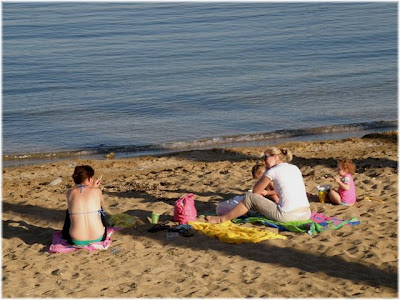 Cyprus, probably named for its copper, smelted since Neolithic times, is the legendary birthplace of Aphrodite. Two impressive mountain ranges surround a huge fertile plain and lovely beaches circle the coastline. Its climate has long attracted visitors, it is now renowned as a place for retirement – or partying.
Cyprus, probably named for its copper, smelted since Neolithic times, is the legendary birthplace of Aphrodite. Two impressive mountain ranges surround a huge fertile plain and lovely beaches circle the coastline. Its climate has long attracted visitors, it is now renowned as a place for retirement – or partying.Lying close to the Middle East and always strategically important, it was taken by many great powers including Greece. Rome and Egypt. The long reign of the French Lusignan dynasty brought prosperity and Roman Catholicism. In 1570 the Turks took the island.
It became a UK Crown Colony after World War II Independence came in 1960, but intercommunal strife increased and in 1974 an unsuccessful Greek coup prompted a Turkish invasion. The island was divided. It is now possible to cross the border, but violence and negotiation alternate and rules can change overnight.
However, north or south, the islanders are warmly welcoming and Cyprus has many attractions. The southeast with its raucous resorts also has archaeological sites and sunsets from Aphrodite’s ‘birthplace’ at the Rock of Remios. Pafos, though surrounded by development, remains a charming town. To the northwest is the remote Akanas Peninsula, with further isolated regions along the coastal hinterland, the magnificent Troodos region has forested mountains, lost villages, painted churches, unique wildlife and winegrowing.
In the North, small resorts cluster around the beautiful harbour town of Kyrenia. Famagusta is full of ruined Gothic churches inside its golden stone walls; outside lies a haunted, wired-off modern town, The rocky coast and bristling Kyrenia range hold unspoilt beaches and villages, classical sites, monasteries and Crusader castles.
Lefkosia (Nicosia) is the world’s only divided capital, Inside the massive Venetian fortifications, both sides – the cosmopolitan south and the north with its dusty lanes – are fascinating. Both have streets which end in a wall fluttering with defiant flags.